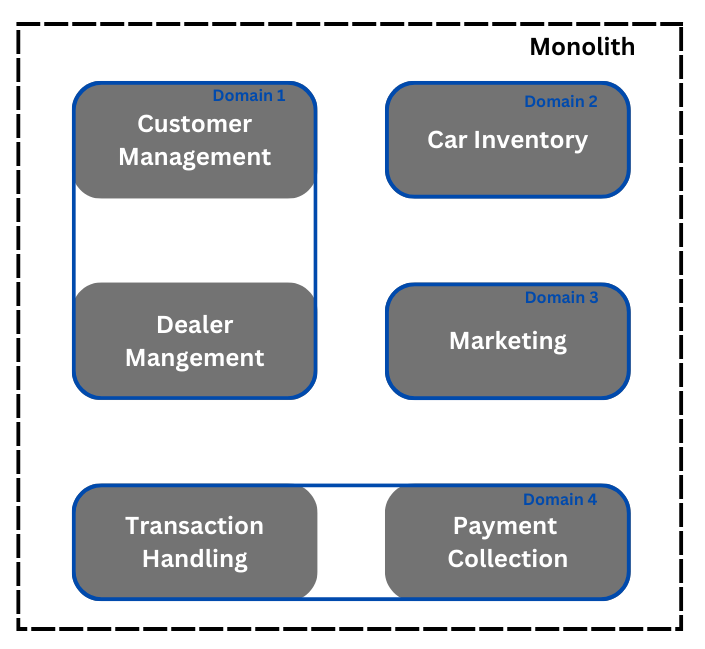Should You Migrate to Microservices?
This article outlines key considerations before migrating to a microservices architecture, emphasizing that it may not be suitable for every organization.
Join the DZone community and get the full member experience.
Join For FreeIn the early 2010s, many tech companies began transitioning to microservices to address the limitations of monolithic architectures. Microservices decompose applications into smaller, independent components, providing greater flexibility and scalability compared to monolithic architectures. However, this shift can be challenging, and some companies are reconsidering their decision, opting to return to a monolithic architecture.
This article explores six crucial questions to consider before transitioning to microservices, helping you determine if this approach aligns with your needs before committing resources to the migration.
6 Questions to Consider Before Migrating to Microservices
1. Can You Isolate a Domain?
Breaking down an entire monolith in one go is nearly impossible. Typically, components are migrated one at a time. Before starting this process, it's essential to identify which domains should be moved to new services. This requires a clear understanding of the domain boundaries and ensuring each domain can operate independently.
Consider the following diagram, where a monolith contains multiple domains. When migrating each domain, it is important to migrate it completely. For instance, if you are migrating the Customer Management domain, you should also migrate the Dealer Management domain simultaneously, as they are part of the same domain.

If you cannot migrate without splitting a single, deeply coupled domain into multiple services, then adopting a microservices architecture may not be suitable for your use case.
2. Can You Move All Database Tables to the New Service?
Identify any legacy database tables or those used across multiple systems over time that cannot be easily migrated out of the monolith. Assess whether your inserts, updates, and deletes on these tables need to be part of a single database transaction with the tables that will reside in your new service.
Consider the following example: customer management and dealer management are migrated out, but they still have a deep coupling with a database in the monolith.

Ensuring transactional integrity across these tables is crucial to prevent data inconsistencies and maintain system reliability. If maintaining such integrity proves challenging, the decision to migrate may need to be revisited.
3. Can You Migrate All Data Successfully to a New Service?
When migrating data from the database tables in the monolith to new tables in the microservice, develop a thorough data migration strategy that ensures data integrity and consistency throughout the transition.
- Consider the volume of data and potential downtime during the migration process.
- Evaluate whether your organization has the necessary migration tools and resources to support such a migration.
4. Can You Migrate All Clients to the New Service?
Assess whether all clients can be updated to interact with the new service. If your domain involves complex client interactions or has a large number of clients, migrating all of them to the new service may become cumbersome, potentially requiring a reevaluation of the decision to migrate.
Consider the example below: a specific domain needs to be migrated out of the monolith, but the presence of multiple clients directly accessing the domain makes the migration difficult or, in some cases, impossible.

5. Can You Migrate by Isolating All the Business Logic?
Ensure that all business logic for creating, updating, reading, or deleting any of the domain's data models is fully transferred to the new service. Avoid situations where any part of this logic remains in the monolith, as it can lead to fragmented operations and dependencies that complicate the architecture.
6. Can You Complete the Migration Without Getting Deprioritized?
Migrating from a monolithic architecture to microservices is typically a significant undertaking. It should only be attempted if there is strong buy-in from key stakeholders, including managers, product managers, and the company as a whole. This support is crucial for securing the necessary resources and ensuring the migration does not pause halfway, which could leave the system in an even more inconsistent state.
Conclusion
Transitioning from a monolithic architecture to microservices can unlock significant advantages; however, the journey is complex and requires substantial planning and execution. Before diving into the migration, it's crucial to evaluate whether microservices are the right fit for your specific use case or if alternatives like a modular monolith might be more suitable.
Opinions expressed by DZone contributors are their own.

Comments